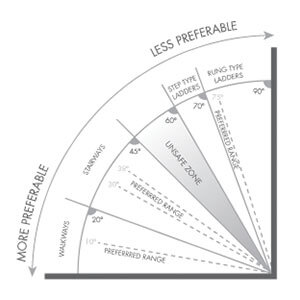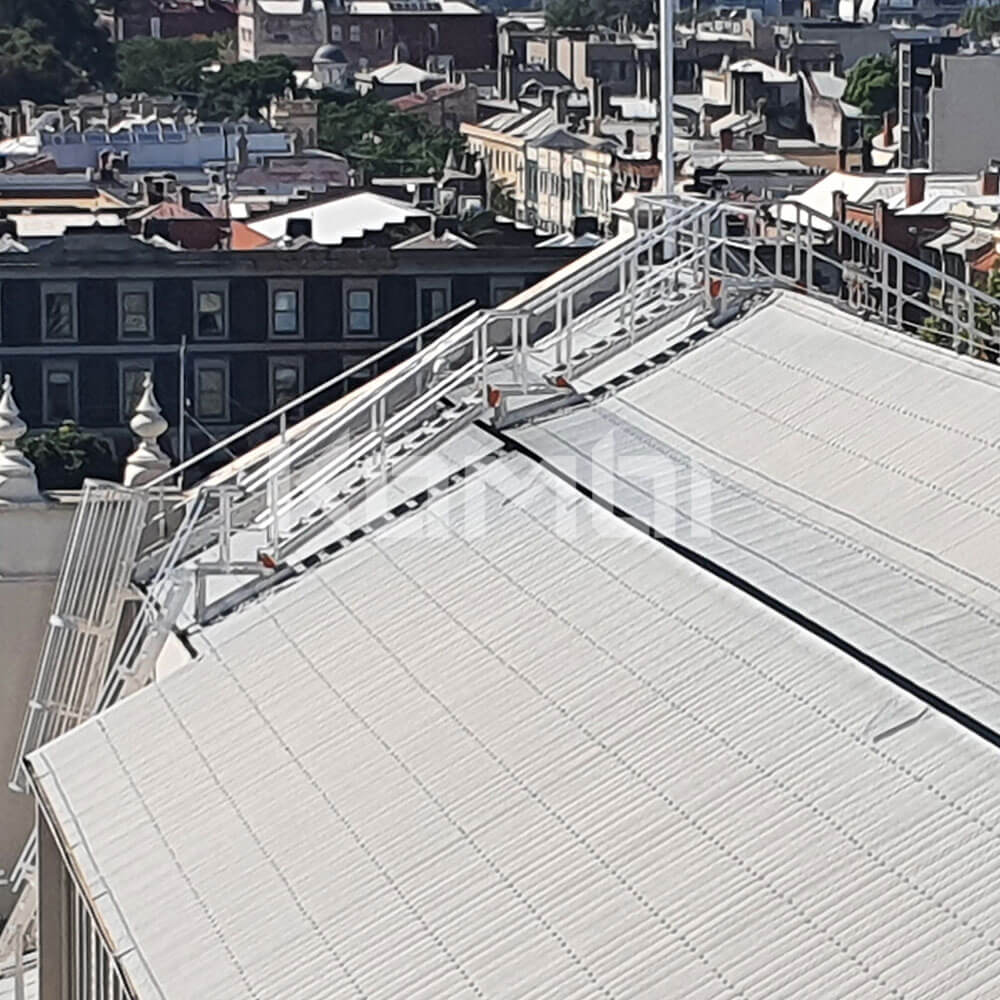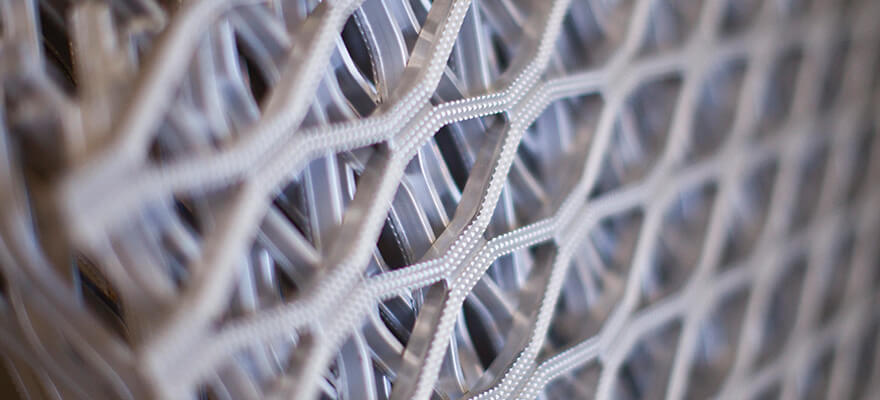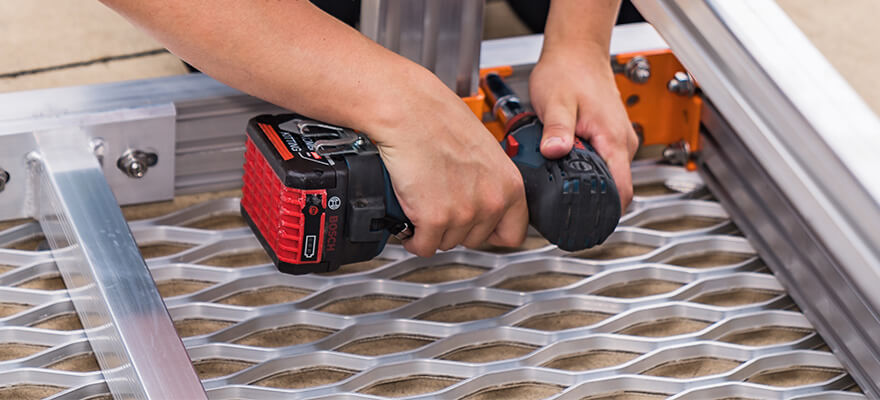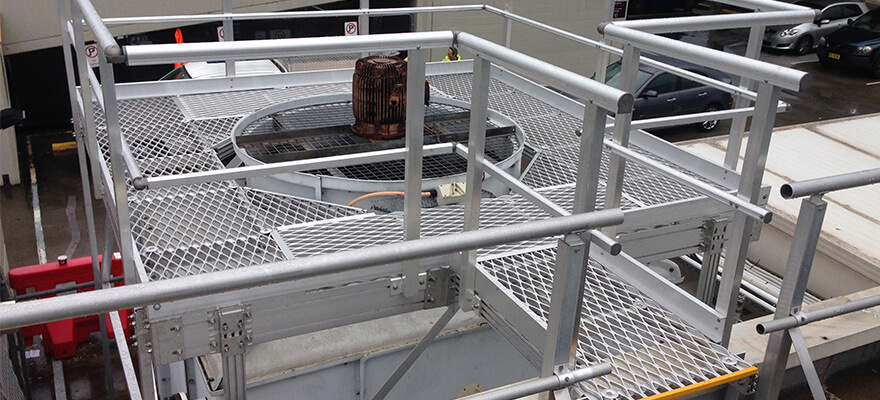Understanding which equipment needs to be installed is vital in ensuring your Duty of Care
Stairs, steps, ladders and walkways are all covered by Australia/New Zealand Standard AS 1657:2018. Selecting the correct equipment is key when it comes to meeting your Duty of Care as a Building Owner, Building Manager and Facility Manager (PCBU) and is integral in ensuring your workers are conducting their work in a safe manner.
Our Access Equipment Quick Check Guide will allow you to assess the equipment you have on your roof to see if it meets the requirements as outlined in the Standard AS/NZS 1657:2018.*
Have you got the right equipment? Our Access Equipment Quick Check Guide helps you find out.
AS/NZS 1657:2018 Guidelines for Walkways, Steps, Stairs & Ladders
- 0 to 20 degrees - A 600mm wide walkway mounted using the appropriate fixing method should be used to access this degree of incline. Installation must comply with the manufacturer's recommendations and follow the spanning requirements. This will ensure no flexing will occur, causing the walkway to become loose or dislodge from its fixings. For this incline, there are additional requirements as follows:
- Inclines greater than 7 degrees - When installing walkways across the fall of the roof they must be levelled.
- Inclines greater than 10 degrees - Cleats are required on walkways installed along the incline of the roof. Their spacing is dependent on the slope of the walkway.
- Inclines greater than 12 degrees - Handrails to stop potential falls must be fitted on walkways when they are installed on roofs with this degree of incline.
- 20 to 45 degrees - As stated in the Standard, a stairway must be used for this incline as it is too steep for a walkway. Depending on its length, the stairway must have intermediate landings. If frequent access for maintenance is required, ie. maintenance of mechanical plant and equipment, stairways should be used. Ladders should only be installed if stairways are not a viable solution.
- 45 to 60 degrees - This incline is categorised as the "unsafe zone". The Standard states that no access equipment should be installed or used on this angle of slope as the incline is too steep for a stairway and too shallow for a ladder.
- 60 to 70 degrees - Step ladders with treads and handrails should be used for this degree of slope and are the recommended systems when periodic access for maintenance is required.
- 70 to 90 degrees - The correct system for this incline is rung type ladders. They should be installed at the preferred angle of 75 degrees and intermediate landings should also be added when they extend above 6.0 metres. Fall protection, by way of a cage or fall arrest line, is required when they exceed 3.5 metres.
For further information on which types of access systems to select for your application, you should obtain a copy of Standard AS/NZS 1657:2018 from SAI Global.
Remember, with the introduction of the new Workplace Manslaughter Laws, there are many consequences should you choose to install incorrect or inadequate access and fall protection equipment.
The WHS Act 2011, clearly states that if you are a building owner, facility manager or an employer it is your responsibility to ensure the safety of those working in and around your buildings. Failing to do so will leave you open to potential litigation.

